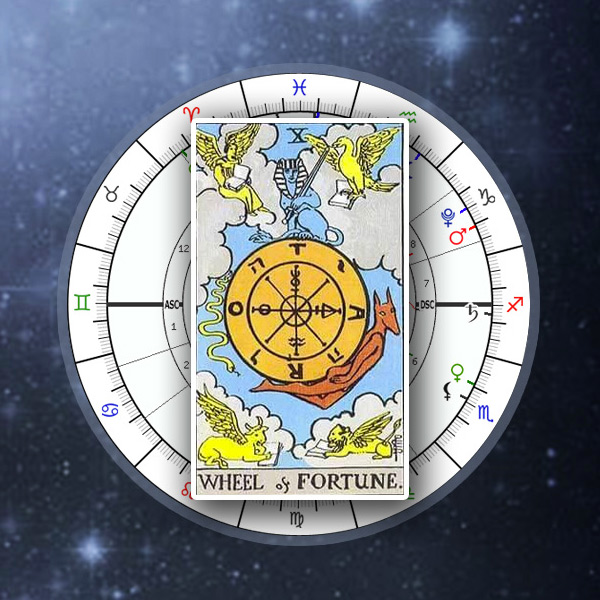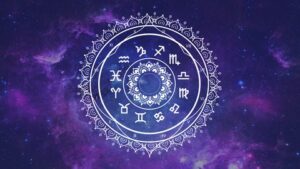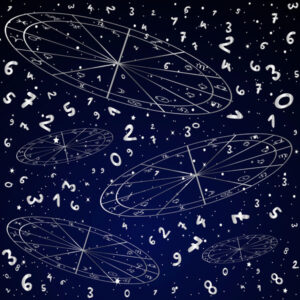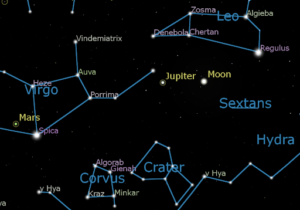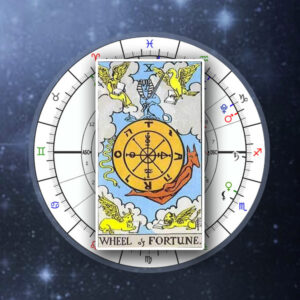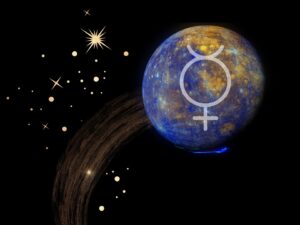TAROT CARD MEANINGS: A BEGINNER’S GUIDE
You’ve probably heard of tarot cards—I mean who hasn’t—and you’re probably wondering how it works, and what the cards mean. First, it’s okay to be a little intimidated. Tarot reading is often shrouded in mystery and spookiness. But it shouldn’t be. You can discover how to read your own tarot cards and connect with your higher self in five simple steps.
And we shall show you how.
Contents
What are the origins of Tarot?
Tarot cards are rectangular paper cards usually used for divinatory purposes. Tarot decks are like the existing playing card decks, except that they have special cards and special meanings.
Before we jump right into an explanation of Tarot art, we’ll first take a quick look at where Tarot and Tarot card reading come from—you know, cover the bases.
The first Tarot decks were invented in the 1400s, in Italy. They were created by adding a fifth suit of 21 specially illustrated cards called trionfi (“triumphs”) and an odd card called il matto (“the fool”) to the regular four-suited pack (clubs, diamonds, hearts, spades). Basically, they added 22 Major Arcana cards to the original 56 Minor Arcana card deck. We’ll explain Major Arcana and Minor Arcana cards later on.
Since each trionfi was handcrafted and expensive to make, and only the wealthy used them in an elite game called Tarrochi—much like bridge. Using tarots for fortune-telling purposes was first popularized in France in the late 1700s by a French occultist, Jean-Baptiste Alliette—under the pseudonym Etteilla. The name was shortened to “Tarot” and the special illustrations represented different forces, virtues, and characters.
Today, tarot card reading is a much-practiced art used by different people for divinatory purposes and self-reflection.
What are Tarot Cards used for?
Contrary to popular belief, tarot cards do not necessarily predict the future or perform some kind of life-changing magic. Tarots are navigation tools that help you understand your present situation better and guide you out of it. They help you connect with your inner self and show you what paths are available to you. Tarots are also used in meditation and—like we said earlier—self-reflection. Drawing a Major Arcana card can help you introspect on what aspects of yourself need improvement or development.
Writers, artists, and other creatives sometimes use tarot cards to boost creativity, develop new ideas, and demolish creative blocks.
They are not some magical gimmick that tell you what the weather will be like tomorrow, or if you’re going to win the lottery. Think of them as a mirror. Each card represents something happening in your life, and they help you gain deeper insight into a particular situation. Their implied meanings only nudge you towards deeper understanding and affirm your intuition.
They are not the solution. You are. Now we’re done with the origins of tarot card reading and what they can be used for. Let us delve into the meaning of the various cards in the 78-card Tarot deck.
What are the 78 Tarot cards?
In our brief history of Tarot, we mentioned that there were two distinct groups of tarot cards in a traditional Tarot deck. They are called the Major Arcana cards and the Minor Arcana cards. In this section, we’ll discover the significance of each Tarot card group and list what each card means.
The Major Arcana Cards
The Major Arcana cards or trumps are 22, and represent noticeable changes or occurrences in your life. They are numbered from 0 to 21,
Like their name implies, they’re the big ones. Major Arcana cards give specific insights to particular aspects of your life, and show that big things have happened or are happening to you—even if you don’t know it yet.
If you draw a Major Arcana card, you might find out that all other cards somehow reference or relate to your trump card. That’s how influential they are.
Although each card in this group has its singular meaning, they also collectively tell a story called The Fool’s Journey. The Fool’s Journey symbolizes our path from the naïve and reckless “fool” to the spiritually enlightened, symbolized by the World card.
The positions of Major Arcana cards matter, too. Drawing a Major Arcana upside down or right-side-up changes the meaning of each card.
Here’s a list of all the 22 Major Arcana cards and their meanings in the two positions.
The Fool
The fool is a wild, carefree archetype. It is the most innocent of all the Major Arcana cards. When drawn upright, it advices you to jump straight in and enjoy life’s experiences without worrying too much. However, when it’s reversed or upside down, it means that you should take it slow or that someone is about to make a fool of you.
The Magician
The Magician is usually depicted with an infinity symbol above his head, and with one hand pointing to the skies and the other to the earth. He is surrounded by the four symbols of the Tarot (pentacle, wand, sword, cup). The Magician shows that all dreams can become reality when you put all of yourself to it. However, when drawn in the reverse, it means that you are lacking focus or willpower to achieve your goal. It also means something—or something—is preventing you from reaching your potential.
The High Priestess
This card symbolizes intuition or inner wisdom. When you draw an upright High Priestess card, it shows that the answer to your tumult lies within you, and you should look inward. However, when drawn in the reverse, it warns you to stop looking for outside validation or trust people too much. It reminds you that you can solve your problem if you apply yourself.
The Empress
The Empress card represents Mother nature or feminity in its glorious form. It also symbolizes compassion, abundance, and creativity. When drawn upright, it may mean that we might find satisfaction in helping others, or that we are about to experience abundance. A reverse Empress card reminds you to look after yourself while you care for others, and to take periodic breaks in nature to avoid breakdowns.
The Emperor
The emperor is an epitome of masculinity and authority. When drawn, it shows that you have the power to control your life, and that a firm hand on your situation may be just what the doctor ordered. In reverse, it warns of high-handedness towards yourself or others. It encourages you to not be so hard on yourself.
The Hierophant
It is usually depicted as a religious figure with two kneeling students. The Hierophant symbolizes structure and spirituality. A Hierophant draw may mean that you should seek spiritual enlightenment in a group of like minds, or that you should follow the rules. In the reverse position, it means you should break from convention and indoctrination.
The Lovers
This card isn’t just about love and relationships. When drawn, it could mean that you’re at crossroads in your life, or that you’re entering a vulnerable part. When reversed, it warns you to watch out during times of conflict, or that you should connect more with loved ones.
The Chariot
The Chariot urges you to conquer new territory, to take risks, to be bold, to give everything. In reverse, it advices you to think before acting and not to rush into things blindly.
Strength
The Strength card reminds you of your inner strength, and your ability to withstand life’s storms. It encourages you to be steadfast and stay in control of yourself.
The Hermit
When you draw the Hermit, it is a call for you to keep calm and seek knowledge. To break away from the noise and find answers within you. A reverse Hermit may mean you aren’t doing enough introspection or you’re doing too much!
The Wheel of Fortune
This card symbolizes the difficulties of life. When drawn, it reminds you that after the bad comes the good and, of course, after the good comes the bad. It reminds you to accept that fortune isn’t permanent and you should prepare.
Justice
The Justice card represents Karma. It reminds us that whatever we’re going through may come from our past actions. It encourages us to be fair and do better.
The Hanged Man
Drawing the Hanged Man might mean that you’re in a stagnant place, and that you can only move forward one step at a time. Don’t stress over the big things, take those brief steps. Let go.
Death
The scary card. Drawing a Death card is not all bad. Although it symbolizes endings, it’s not just physical ends. It could mean the end of a terrible thing. Or it could mean that we should let go of things that don’t serve us. It reminds us to accept the end of things and see them as a transition.
Temperance
Temperance is calm. It may mean that you should be patient and find balance in life. Don’t rush, instead be steady yet flexible.
The Devil
The Devil card symbolizes entrapment or powerlessness. When drawn, it often means that you feel held down by external forces But, this is not the case. You hold the keys to your escape and redemption. Leave addictions. Free yourself.
The Tower
This is a much-dreaded card. It symbolizes destruction. When drawn, it encourages you to accept this drastic phase, even though it hurts, and that something much better may come.
The Star
The Star is a great card. It shows that things are working out for your good and the universe will reward you. When drawn in reverse, it warns you to stop focusing on the bad part and remember that the universe will reward you. Trust the process.
The Moon
This card relates to your emotions. A Moon card draw advices us to stop burying our emotions and let them up to the surface. If we can tell with them, we can move on.
The Sun
The Sun is a sign that good things are happening to you, and fortune favors you. A reverse Sun card may mean that even though things are going well, don’t let it go your head. Stay grounded.
Judgement
The Judgement card is a reminder that our actions will always have consequences. We should be careful when dealing with other people, and shouldn’t judge too harshly. It encourages us to be the best version of us and we’ll be alright.
The World
The culmination of the Fool’s Journey. It signifies completion and shows that you are what and where you’re meant to be . It also shows that you’re ready for the next part in your journey.
The Minor Arcana Cards
The 56 Minor Arcana cards are grouped into four suits: Wands, Pentacles, Swords, and Cups. These symbolize the four elements: Fire (spiritual), earth (physical), air (mental), and water (emotional).
Each suit comprises 14 cards—10 numbered cards plus a Page, Knight, Queen, and King. Every Minor Arcana group represents a smaller area of our lives.
- The Wands
They symbolize energy, passion, movement and the start of something new. It may signal a huge career change or a turning point in your life.
- The Pentacles
It symbolizes money, success and finances. These cards guide us through great career or spiritual advancements.
- The Swords
They may mean conflict or strife. It often ushers in a time of difficulty and tells us to be strong in adversity.
- The Cups
They signify our emotions and intuition. They help guide us in emotionally overwhelming periods.
How to read Tarot Cards?
Okay, we’ve gone through all the meanings of the Tarot cards. Now, we’re entering the main part—tarot cards for beginners. This section will show you how to read your Tarot. We’ll make a handy list.
-
- Get comfortable. Try not to be anxious. This shouldn’t scare you. You are in charge,
- Prepare a question you want answered. You need to have a simple question inyour mind before you read your cards.
- Choose the spread you feel is right, depending on the question.
- With that question firmly in your head, shuffle the cards. You can do this any way you way. Break the deck and put it back again or spread the cards, then smoosh them back together. Just anyway that feels right.
- Draw your cards. Lay them according to the spread you chose. Sometimes you may need to draw extra cards for extra clarification.
- Now you interpret. This can be really tricky, because the positions of cards on the spread can influence their meanings. Also, like you read earlier, reversed cards may have extra meanings. My advice is that you start with placing your cards upright, even if you dealt them reversed. And as you progress in Tarot, you can then read the cards the way they’re originally dealt.
The interpretation process can be a little overwhelming, and frankly, it’s easy to get a wrong idea. But with enough practice, you can get better and make more accurate readings.
So, now you know how to read your tarot cards. What are you waiting for? Go buy yourself a deck. Or get a simple and accurate reading, free of charge today! Click here to reveal your destiny.
